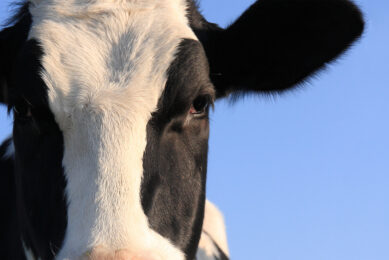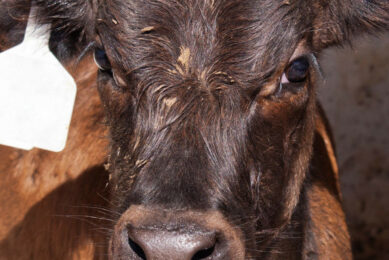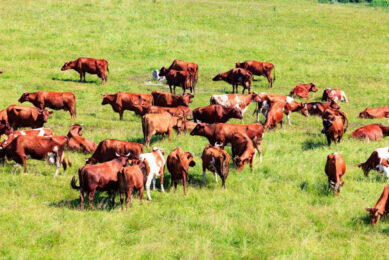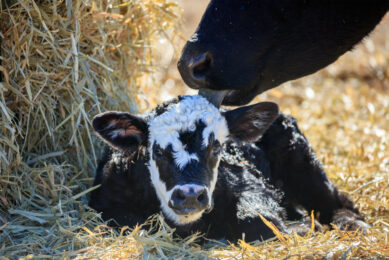5 tactics to lower infertility in dairy farms
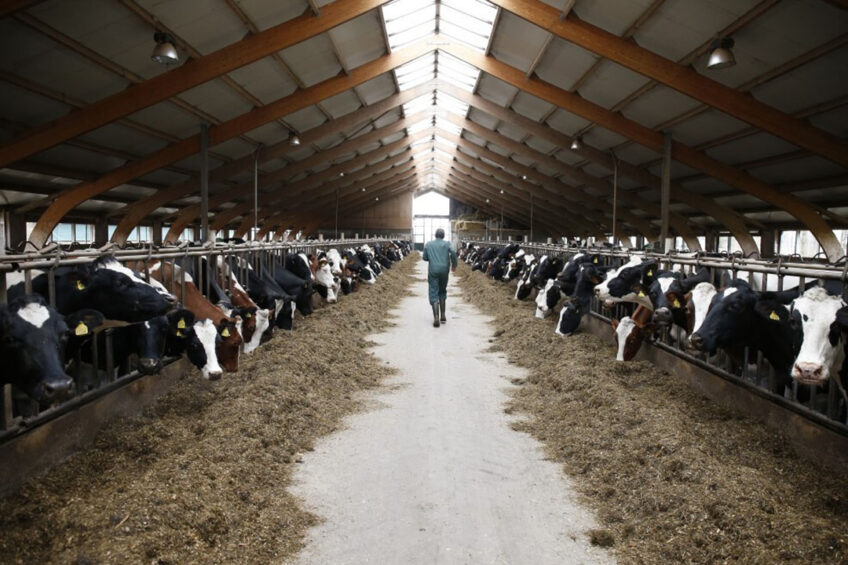
In dairy cattle, genetic selection for higher milk production has been very successful; however, today’s lactating dairy cows exhibit a high incidence of infertility. Here are some points to consider to lower infertility.
Infertility is the second largest source of economic loss after mastitis and the number one cause of involuntary culling in dairy herds. The direct costs of infertility are associated to increased calving interval, decreased milk production per year, higher culling risk (up to 40%), decreased calf sales, and increased treatment and semen costs. Therefore, it is essential to find tactics to lower infertility in dairy herds to improve profitability.
 Pay close attention to the transition period
Pay close attention to the transition period
Proper management of the transition period improves health, production, pregnancy rate and longevity of the herd. Disease control and metabolic health maintenance in early lactation decrease the risks of after calving clinical and subclinical problems and improve fertility rate in dairy cattle. In addition, lowering after calving negative energy balance to control the blood concentrations of fatty acid and b-hydroxybutyrate enhances reproductive success.
 Use precision livestock farming
Use precision livestock farming
Visual observation of oestrous behaviour is a traditional approach to successful reproductive management. Although, visual observation is considered laborious and time consuming. Therefore, an effective practical means of oestrous detection is needed to achieve high submission rates to artificial insemination. Automatic oestrous detection technologies such as pedometer, accelerometer, computer vision systems, artificial intelligence, and image analysis are being used on farms to accurately detect oestrous, and to improve reproductive performance of the herd.
 Utilise nutritional strategies
Utilise nutritional strategies
Glucogenic diets in the immediate postpartum period enhance the peripheral insulin concentrations and advance normal ovarian resumption. However, glucogenic diets should be avoided when cows are inseminated to prevent detrimental effects on oocyte and embryo competence. Supplementation of soybean meal as the main protein source leads to high peripheral urea level which is associated with lower pregnancy rates due to negative effects on the embryo.
Adding fats may alter the microenvironment of the growing and maturing oocyte of the early and older embryo thus reducing the impaired reproductive capacity of dairy cows. Supplementing extra vitamins and minerals to the diet improves cow fertility. For example, vitamin E supplementation reduces the incidence of retained placenta, stillbirth, and pregnancy loss.
 Apply reproductive biotechniques
Apply reproductive biotechniques
Fixed-time insemination protocols synchronise follicular growth and regression of the corpus luteum and ovulation to improve service rates and reproductive rates and to achieve a rate of 100% of inseminated animals without the need for oestrus observation.
The number of days after delivery to the first artificial insemination, the moment of pregnancy diagnosis, the strategies for cows after being diagnosed as non-pregnant, the choice of the reproductive programme, proper management of cows during pre and post-calving period, and application of specific farm management software are crucial for the success of the reproductive programmes in dairy herds.
Ultrasonography to diagnose pregnancy or to evaluate embryonic loss is essential for reproductive efficiency. Another useful strategy is to resynchronise cows after unsuccessful insemination. Furthermore, bovine IVF is applied for the treatment of infertile animals, genomic selection of young animals and embryos, and the production of millions of valuable animals.
 Curtail the impacts of heat stress
Curtail the impacts of heat stress
Modifying the environment to lessen heat exposure, improving heat exchange between cow and its environment, enhancing the rate of evaporative cooling by wetting cows, surrounding cows with sprinklers and nebulizers, and increasing the rate of heat transfer through ventilators will decrease the negative impacts of heat stress.
Shading of feed and water using materials that are weatherproof, strong, durable, and poor heat conductors that prevent condensation of moisture inside is a cost-effective method to reduce heat stress in cows. Supplements such as vitamins, trace elements, and minerals minimise the unfavourable effects of thermal stress and increase milk production.
Join 13,000+ subscribers
Subscribe to our newsletter to stay updated about all the need-to-know content in the dairy sector, two times a week.



